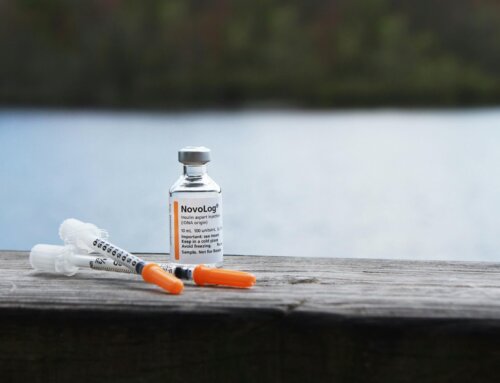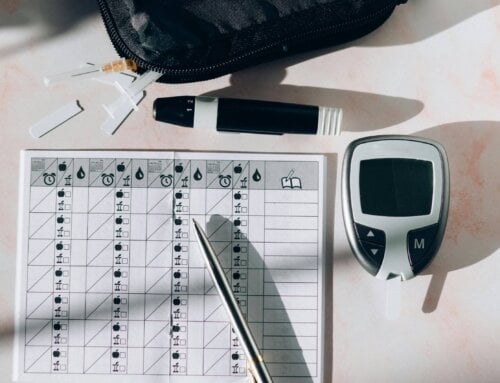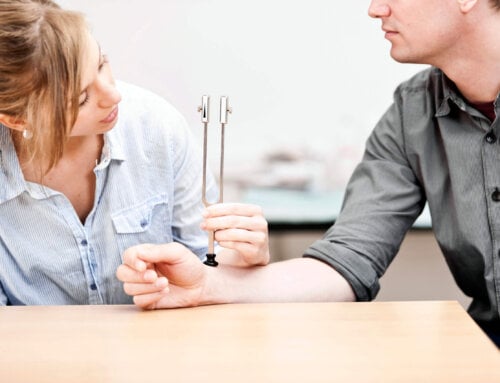Diabetes may have an impact on your circulation, which makes it easier for your skin to get bruised. In fact, increased bruising on the legs is a possible symptom of diabetes. Learn what common medications can cause bleeding and bruising for people with diabetes.
- People with diabetes are more prone to get bruised and have superficial bleeding due to related circulatory disruptions. Some common prescriptions, over-the-counter medications and supplements can cause bleeding and bruising. Knowing more about these medications helps you make an educated choice with your diabetes health care team.
- Aspirin or ibuprofen might be recommended to manage pain and reduce inflammation. These OTC medications are blood-thinning and can boost your risk of bleeding and bruising. This risk is increased if you are taking a non-prescription medication, such as aspirin or ibuprofen, with an anticoagulant. Commonly prescribed anticoagulants include clipidogrel, warfarin and enoxaparin. People with diabetes have an increased risk of developing heart disease. Often anticoagulants are prescribed to patients with cardiovascular problems or a stroke. Talk to your health care team about possible contraindications when you are taking anticoagulants and your bleeding risk.
- Chemotherapy and steroids are often prescribed for patients with cancer. Both can worsen the symptoms of type 2 diabetes due to fluctuating blood sugar levels from dehydration. This can also put patients at higher risk of bruising. Steroids may also be prescribed for other health conditions, including skin rashes. They may cause a patient’s blood sugar to rise and should be carefully monitored by your health care team. If you have unexplained bruises, report it. Never stop taking prescription medication until you consult with your doctor.
- Be aware of certain OTC medications that could contain aspirin or ibuprofen, such as cold remedies. Read the labels and talk to your doctor before taking any OTC medication, including natural supplements. Often people believe an herbal remedy will not have contraindications which may not be true. Herbal supplements that could cause bleeding include saw palmetto, willow bark, ginseng and ginkgo. Seek advice from your health care team before adding herbal remedies to your routine.
- Certain anti-depressants may also increase your risk of bleeding or bruising. These medications may include citolopram, paroxetine, sertraline, fluoxetine and fluvoxamine. Your doctor might start with a low dose and increase it over time. Trying options other than medicine may include alternative therapies, such as acupuncture or massage, as well as counseling to handle depression and/or stress.
- Check your body frequently for signs of bruising and bleeding. Due to reduced circulation and possible diabetic neuropathy, bruising often occurs in your legs and feet. Proper diabetic foot care includes inspecting your feet and legs daily. If you have difficulty seeing them, use a special telescoping foot mirror to observe your feet and legs from all angles. Search for bruises, bleeding, sores and blisters. Be in contact with your health care professional if changes are noted.
Work with your health care team to learn more about which medications can cause bleeding and bruising with diabetes. This can be a major concern if you are taking medications for other health conditions. Read the labels, educate yourself and check your body daily to detect unusual bruising or other problems.












Leave A Comment